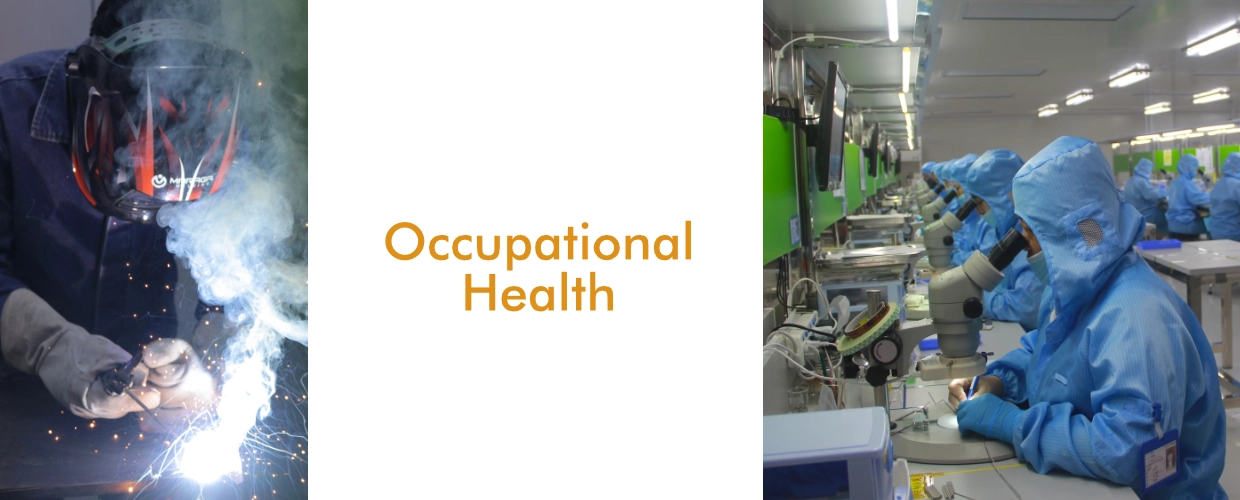Applications and Methods
EPA, NIOSH, OSHA, ACGIH, ISO and DG ENV
EPA, NIOSH, OSHA, ACGIH, ISO and DG ENV
EPA – NIOSH – OSHA – ACGIH – ISO and DG ENV
Air quality is a critical aspect of environmental and occupational health. Understanding the applications and methods for industrial emissions, outdoor air quality, and occupational health is essential for ensuring the well-being of both the environment and the people exposed to various air pollutants.
→ Keep reading to discover the functions and benefits of these methods, as well as provide relevant resources for further information.
Emissions refer to the release of pollutants into the atmosphere from various sources, such as industrial processes, transportation, and power generation. Outdoor air quality, on the other hand, represent the concentration of pollutants in the ambient air, which is the result of emissions and atmospheric processes.
Understanding the applications and methods for monitoring emissions and outdoor air quality is crucial for developing effective air quality management strategies and ensuring compliance with environmental regulations.

Various methods are used to measure air quality emissions and outdoor air quality, including:
– Continuous Emission Monitoring Systems (CEMS): These systems provide real-time data on emissions from industrial facilities, enabling operators to monitor and control pollutant releases. US EPA CEMS
– Ambient Air Monitoring: This involves measuring the concentration of pollutants in the outdoor air using stationary or mobile monitoring stations. US EPA Ambient Air Monitoring
– Emission Inventories: These are comprehensive databases that estimate emissions from various sources within a specific geographic area. US EPA Emission Inventories
Understanding the applications and methods for monitoring air quality emissions and outdoor air quality offers several benefits, including:
– Identifying pollution sources and their contributions to air quality issues;
– Developing effective air quality management strategies;
– Ensuring compliance with environmental regulations;
– Protecting public health and the environment.
Occupational health air sampling involves measuring the concentration of airborne contaminants in the workplace to assess workers’ exposure to hazardous substances.
This is crucial for ensuring compliance with occupational health and safety regulations and protecting workers’ health.

Various methods are used for occupational health air sampling, including:
– Personal Sampling: This involves attaching a sampling device to a worker’s clothing to measure their exposure to airborne contaminants during their work shift. NIOSH Manual of Analytical Methods
– Area Sampling: This method involves placing sampling devices at fixed locations within the workplace to measure the concentration of airborne contaminants in specific areas.
– Direct-reading Instruments: These devices provide real-time measurements of airborne contaminants, allowing for immediate identification of hazardous conditions. OSHA Direct-reading Instruments
Understanding the applications and methods for occupational health air sampling offers several benefits, including:
– Identifying hazardous substances in the workplace;
– Assessing workers’ exposure to airborne contaminants;
– Implementing effective exposure control measures;
– Ensuring compliance with occupational health and safety regulations;
– Protecting workers’ health.
To protect the public health, the environment and workers’ well-being, is fundamental to understand the applications and methods used to regulate sampling processes.
By implementing these methods, we can identify pollution sources, develop effective management strategies, and ensure compliance with environmental and occupational health regulations. For more information on air quality monitoring and related topics, visit the US Environmental Protection Agency website.
Under Methods and Applications section, you’ll find the TCR Tecora instruments that follow the standards for Air Monitoring in Industrial Emissions, Outdoor Air Quality and Occupational Health.